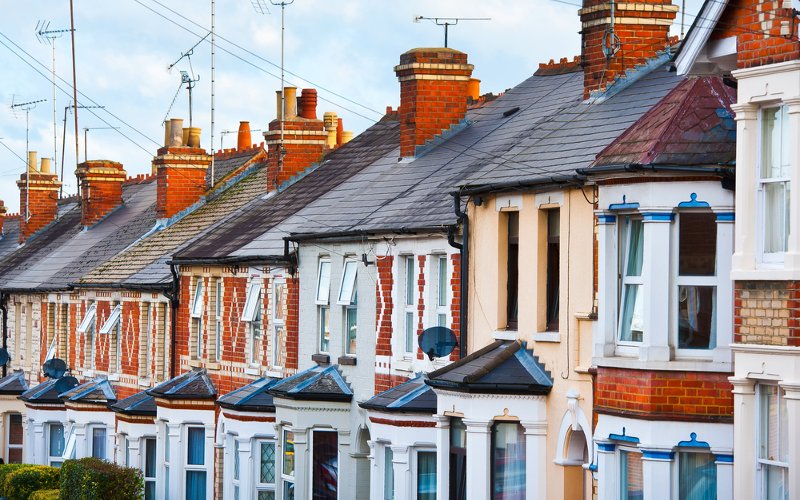Prices in the three months to April were 2.2% higher than in the same three months a year earlier, down from the 2.7% annual growth recorded in March, Halifax’s House Price Index found.

Prices in the three months to April were 2.2% higher than in the same three months a year earlier, down from the 2.7% annual growth recorded in March, Halifax’s House Price Index found.
House prices in the latest quarter (February-April) were 0.1% lower than in the preceding three months (November-January), the third consecutive decline on this measure.
On a monthly basis, prices fell by 3.1% in April, following a 1.6% rise in March.
Russell Quirk, founder and chief executive of Emoov.co.uk, said: "The continued lack of variety in the current UK housing stock is resulting in some fairly erratic movements where monthly price growth is concerned.
“We are seeing waves of buyer demand ebb and flow and in a market with restricted stock, the result is inconsistent movements in house price growth.
“Yet another new appointment to the Secretary of State for Housing, Communities and Local government will do little to inspire confidence in the market, however, the rather predictable shortfall of affordable housing being built by the government should continue to stimulate property prices in the medium to long-term.
“Looking beyond the monthly measurement, the market has certainly stabilised and while it isn’t quite firing on all cylinders, it has certainly turned a corner and should continue to do so as the year plays out.”
Home sales fell in March. UK home sales dropped by 7.2% between February and March to 92,270 – the lowest level since May 2016 (88,680).
Since the end of last year home sales have averaged 97,000 per month since December.
The number of mortgages approved to finance house purchases – a leading indicator of completed house sales – fell for the second consecutive month in March to 62,914, dropping by 1.4%.
Approvals in the three months to March were 1.7% higher than in the preceding three months, further indicating a subdued residential market.
Jeremy Leaf, a north London estate agent and a former RICS residential chairman, said: “Although a little historic, these figures are disappointing as there is a market of sluggish growth and transactions, despite still showing modest price rises.
“And yet we are entering what is supposed to be the busy spring buying season, which tends to set the tone for the rest of the year.
“More recently, activity and listings have picked up but we are finding the market still quite sensitive and only those prepared to negotiate hard are moving on.
“Now that interest rates are unlikely to go up this month, hopefully there will be more interest, and particularly from first-time buyers, to take advantage of competitive mortgage deals and realistic prices.”
The stock of homes available for sale edged up in March; however, they remain close to record low levels.
New instructions declined for the 25th month in succession, contributing to the very low levels of supply. Active housing demand is also subdued with new buyer enquiries falling for the 12th consecutive month in March.
The latest Halifax Housing Market Confidence Tracker shows that optimism in the housing market remains at a five-year low, echoing the subdued house price performance and activity levels since the end of last year.
This is, albeit, set against a positive outlook for the majority of consumers who believe house prices will increase over the next 12 months. Fewer people are now predicting a fall in house prices compared with six months ago.
Potential Bank of England Base Rate increases are not a major concern for mortgage holders, with less than a third concerned about the possibility of rising interest rates affecting their ability to meet their monthly repayments.
Russell Galley, managing director, Halifax, said: “Housing demand has softened in the early months of 2018, with both mortgage approvals and completed home sales edging down.
“Housing supply – as measured by the stock of homes for sale and new instructions – is also still very low.
“However, the UK labour market is performing strongly with unemployment continuing to fall and wage growth finally picking up. These factors should help to ease pressure on household finances and as a result we expect annual price growth will remain in our forecast range of 0-3% this year.”



